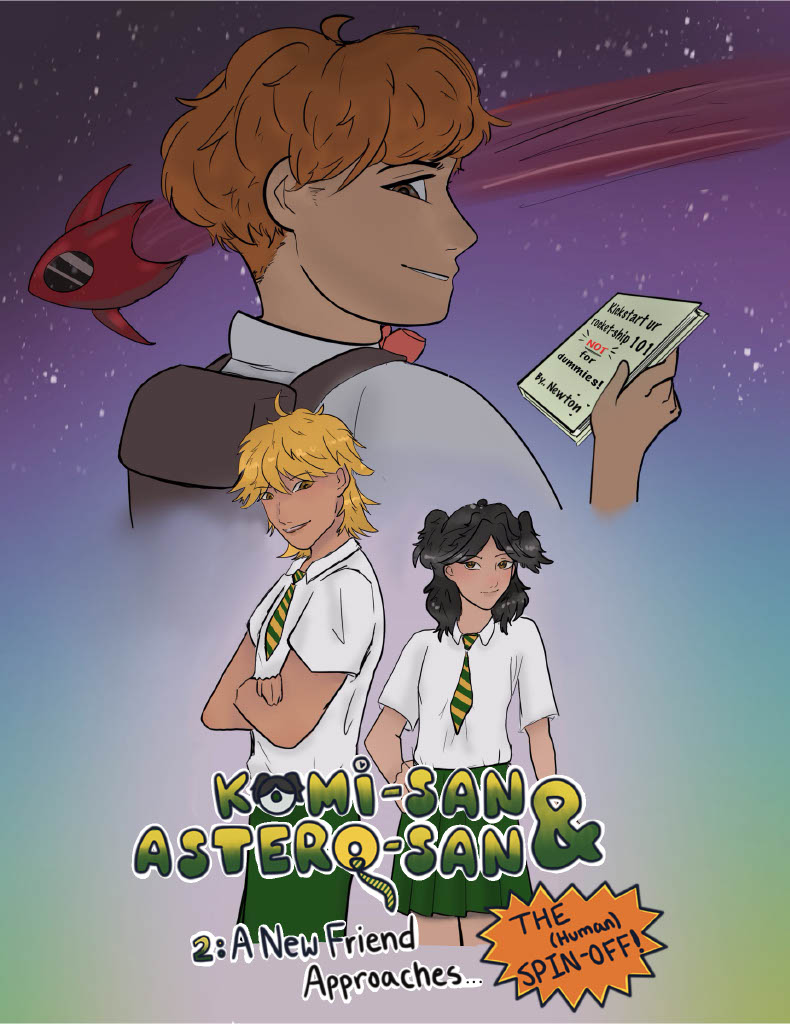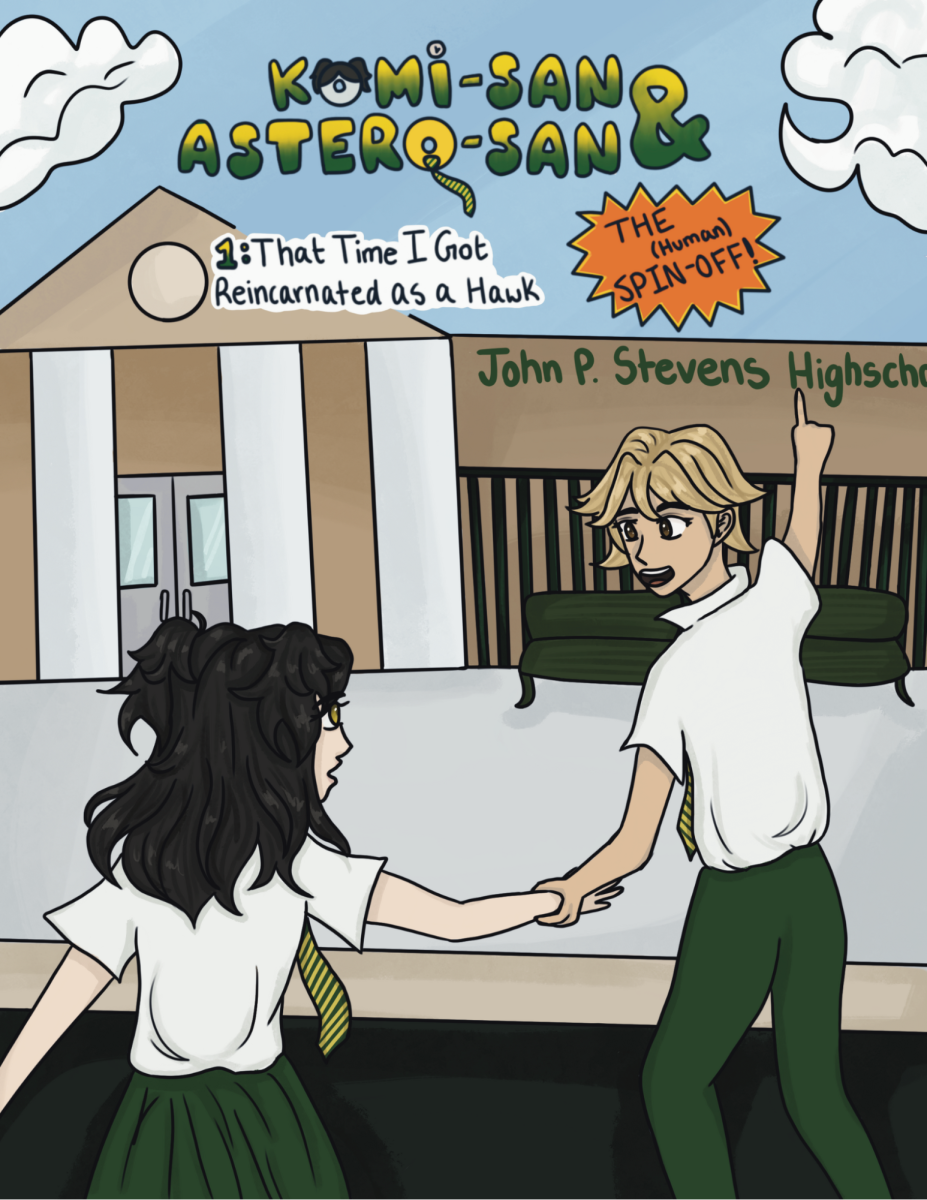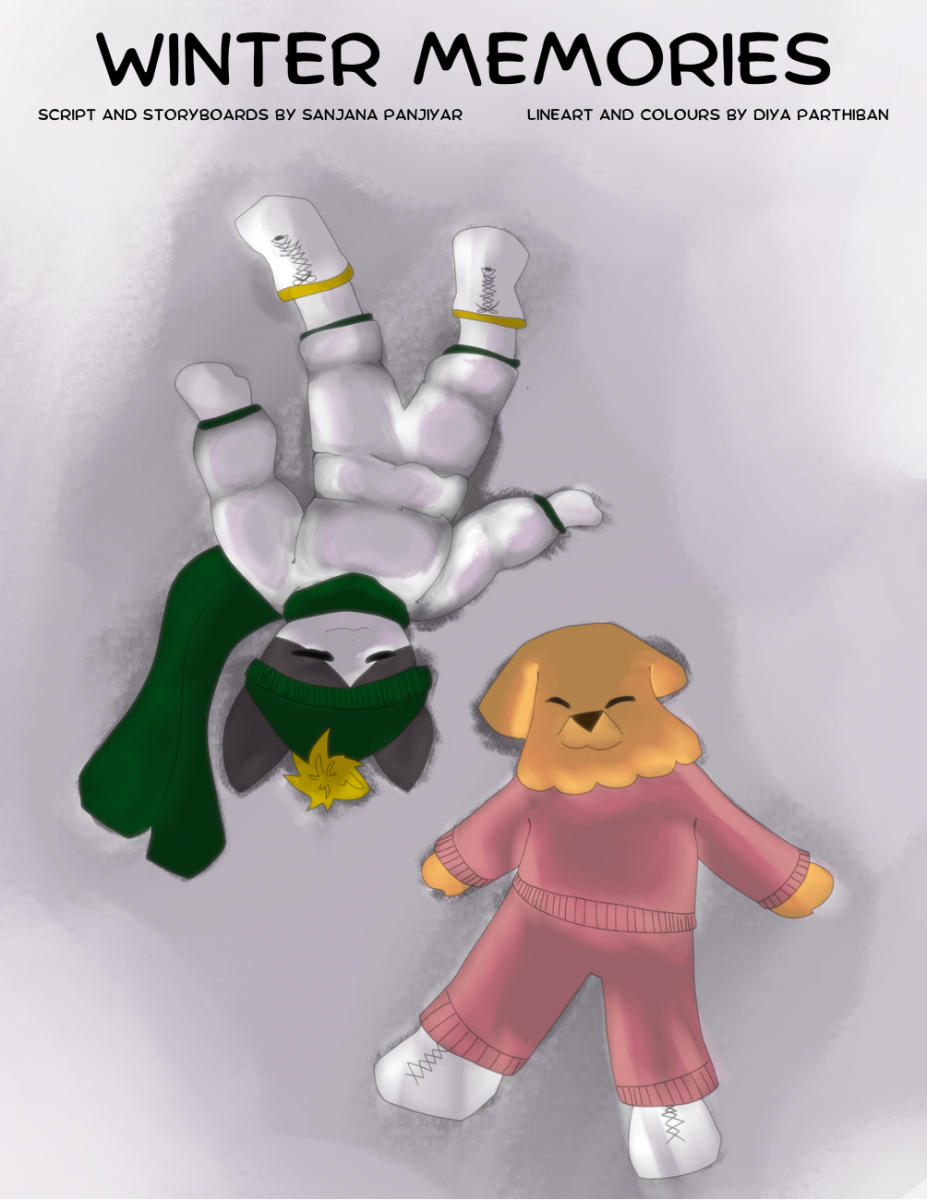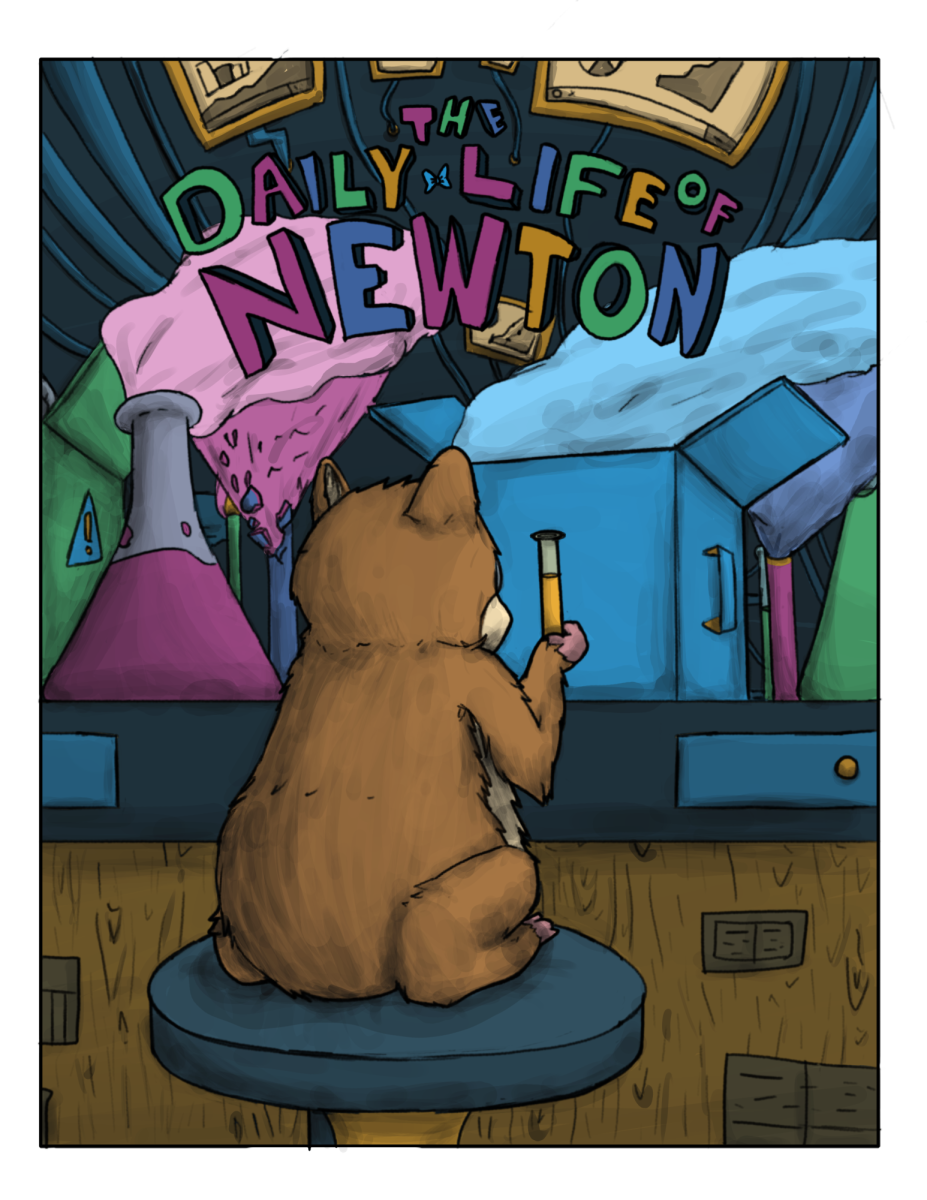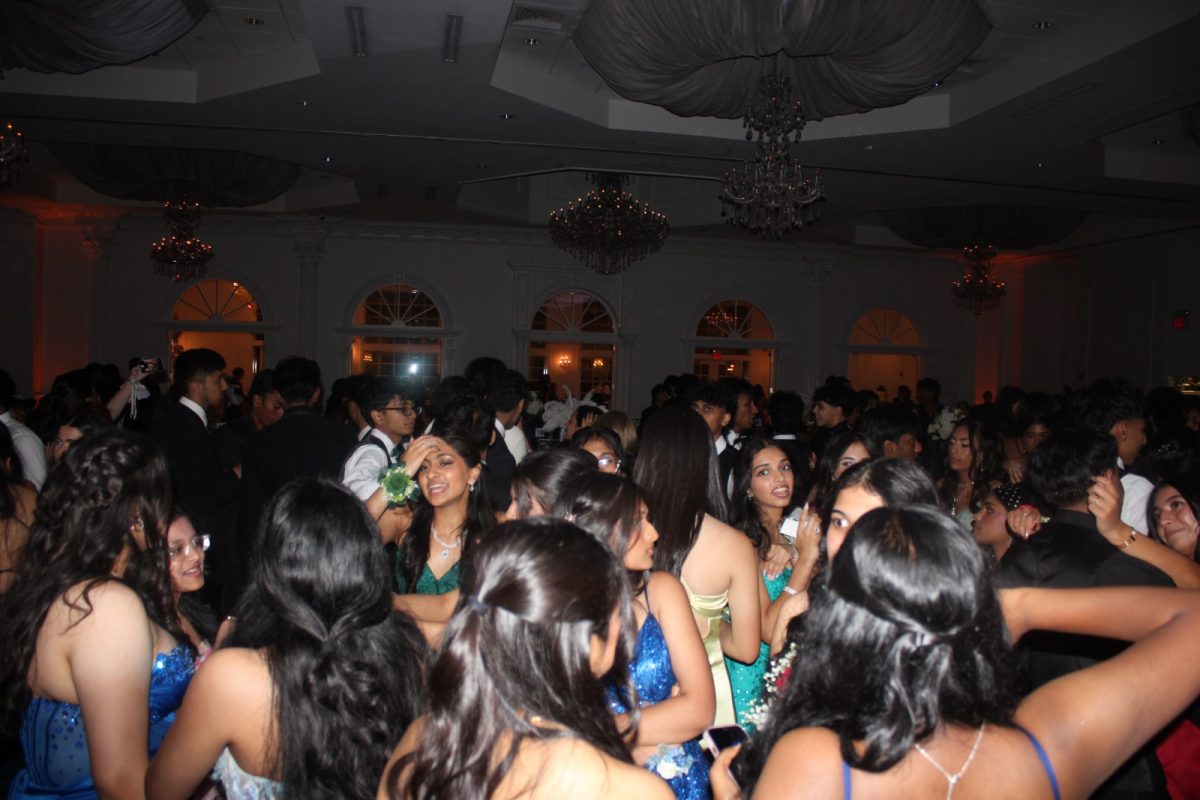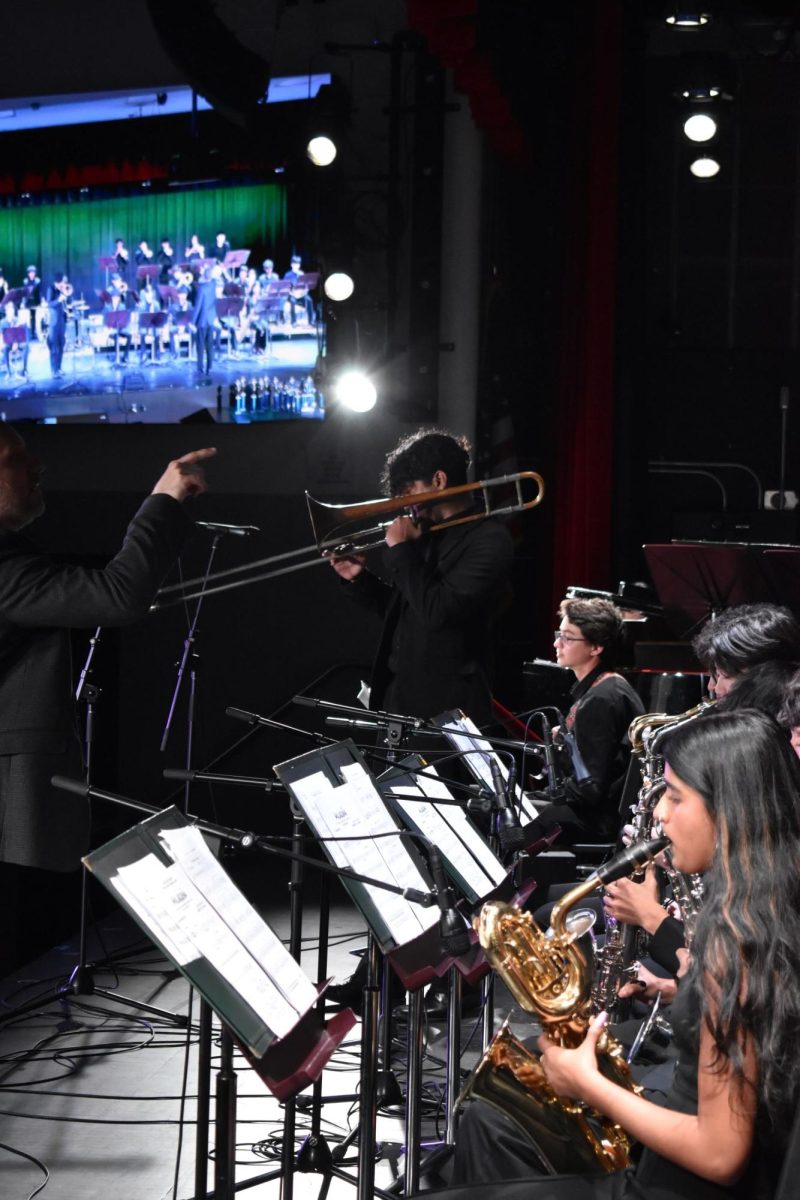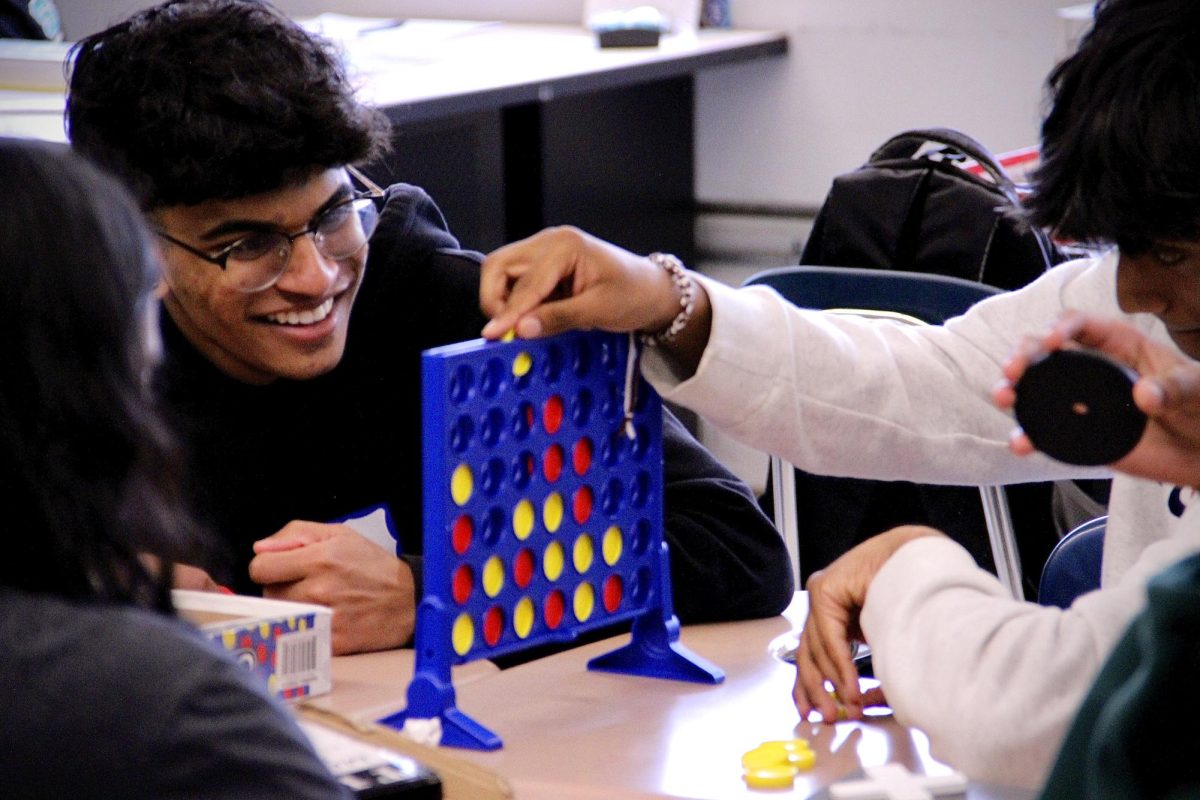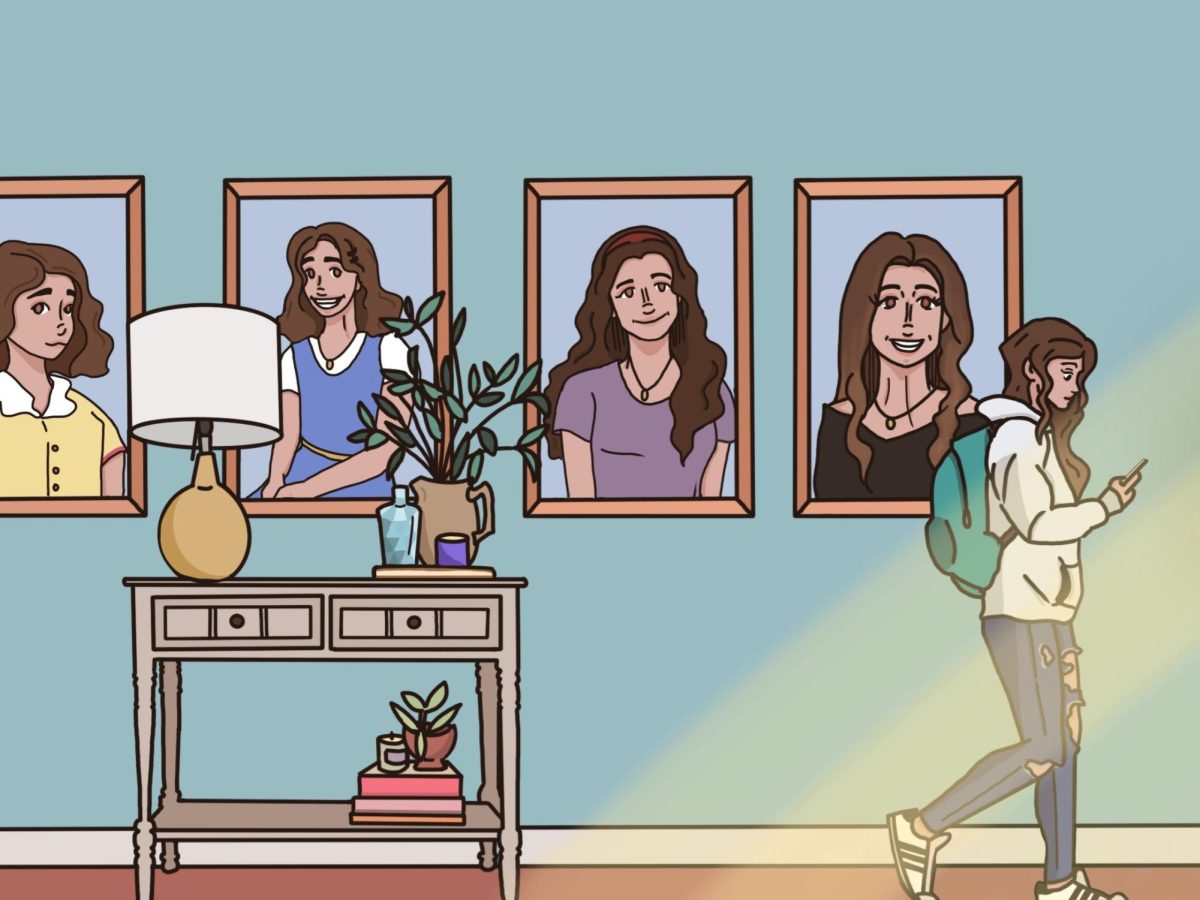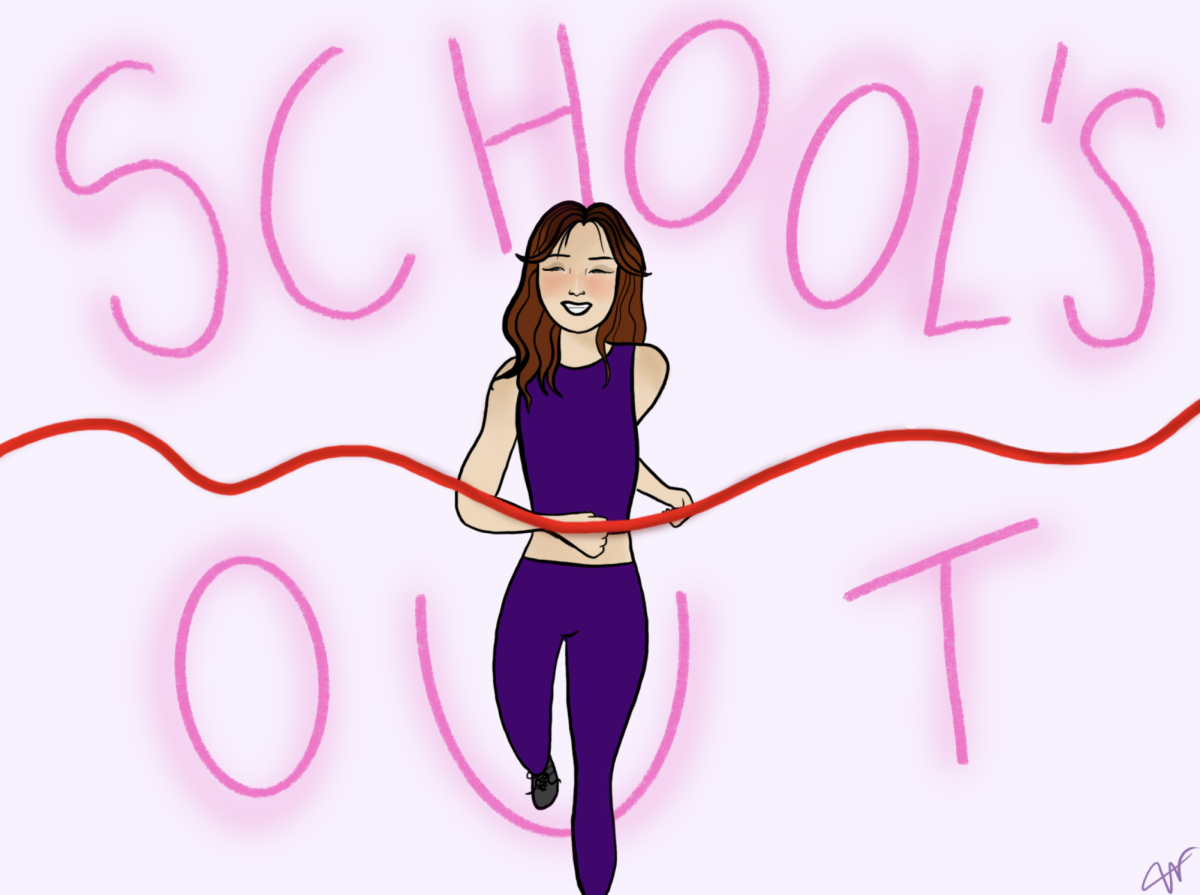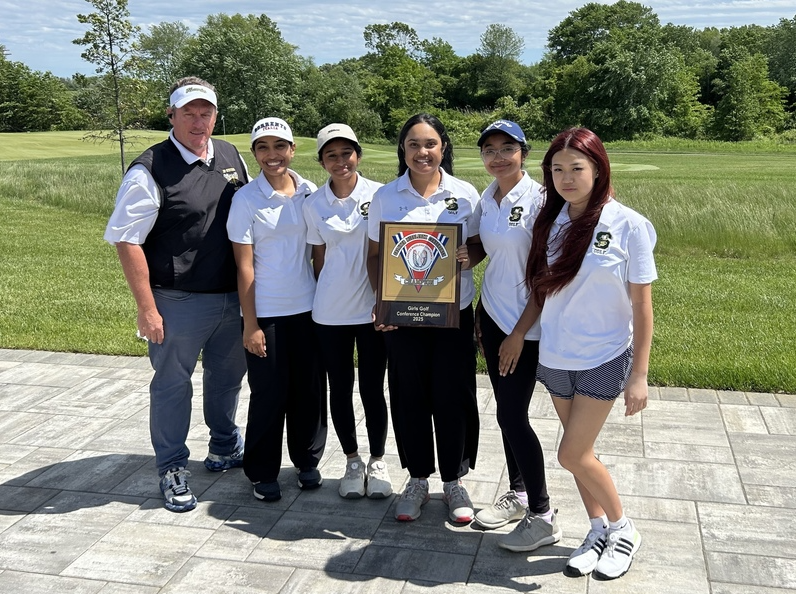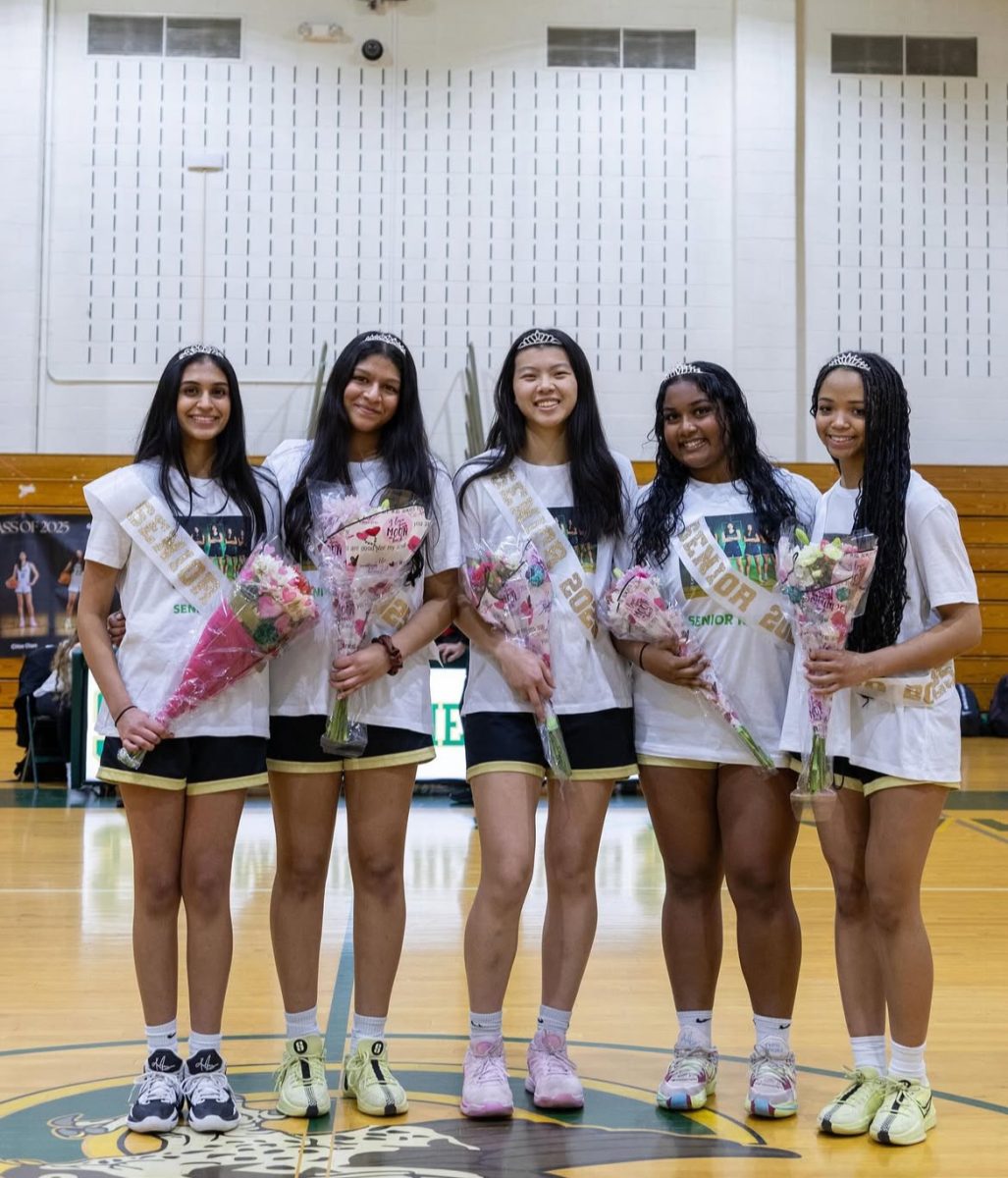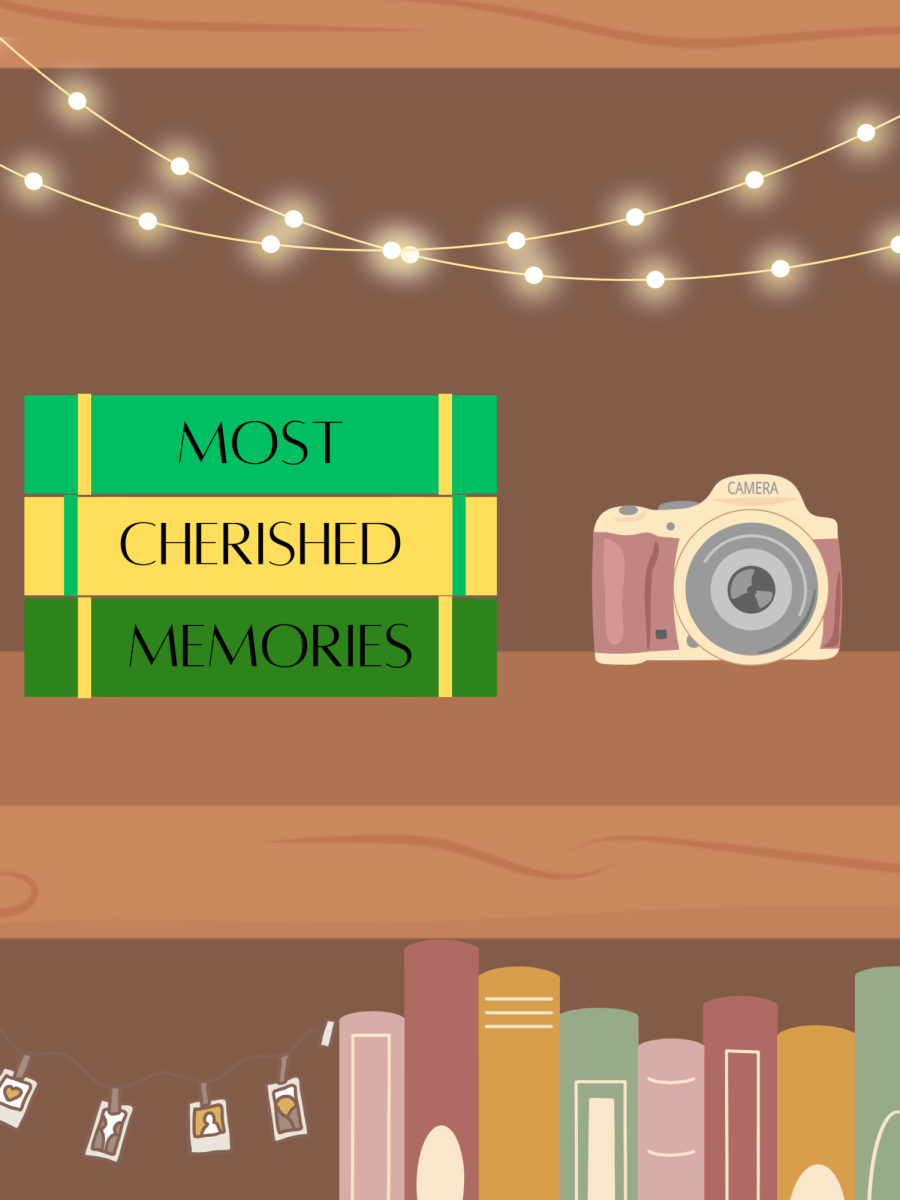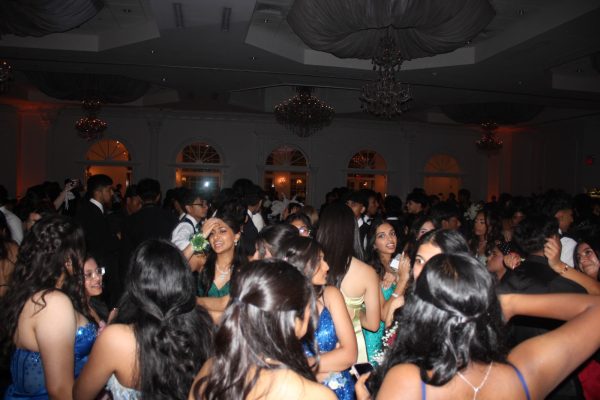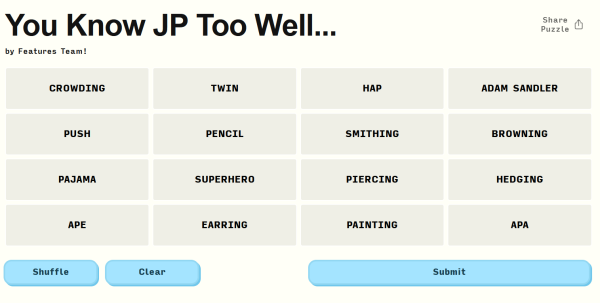Once Upon a Time
April 17, 2023
Once upon a time, someone told a story to the succeeding generation, and that story was told to the next generation until that single story became so popular that it was known as a fairytale. Fairytales are stories passed down through generations that expose the concept of morality while continuing to entertain people of all ages. Although their popularity has waned in recent years, fairytales continue to enchant audiences worldwide.
Fairytales are a type of folk literature that originated in oral tradition, with each generation adding twists and changes. Over time, these stories became more structured, with many of the classics going as far back as 17th-century Europe. One of the more famous is Jack and the Beanstalk, which can be traced back to a group of stories told over 5,000 years ago. The ability of fairytales to adapt to the times is one of the reasons they have endured for so long. While classics continue to be popular, new variations are constantly being created, often with modern twists and interpretations. For example, recent retellings of classic fairytales have empowered female characters and subverted traditional gender roles. While these adaptations differ from traditional stories, they retain the essential magic and themes that have made fairytales so popular.
From Cinderella to The Three Little Pigs, Sleeping Beauty to Rapunzel, the use of mystic elements is a defining characteristic of fairytales. Whether it’s talking animals, enchanted forests, or fairy godmothers, fairytales are brimming with supernatural occurrences that ignite our imagination and transport us to another world. The most common example would be when the protagonist of a story sells their soul and in return, they receive magical powers. These magical events highlight the story’s central themes, such as the conflict between good and evil, the dangers of greed and vanity, and the value of kindness and bravery. Combined with the use of archetypes (characters who represent universal qualities and experiences) contributes to the stories’ resonance with readers of all cultures and generations, which is why people are so attracted to fairytales.
Originally, fairytales were not meant for children. However, in recent years, fairytales have become a part of children’s literature due to various reasons: the feeling of empowerment and dedication, as well as conquering your fears and opponents. Fairytales are now structured to be comforting, with “once upon a time” beginnings and “happily ever after” endings. They embody certain hopes and dreams that inspire children. Fairytales are ever-present in today’s media, from Disney movies to TV shows to video games.
So, which interpretation helps children more as they grow: classic or modern? There really seems to be no hard and fast answer to this question, but reading a horror-filled narrative certainly does teach children lessons in various ways compared to a cliched version of a “happily ever after.” European lore used to have a nightmarish aspect in an effort to give children a warning of the dangers that surround them. In more modern fairytales, the nightmarish undertone of the story is taken away and replaced with sly humor. In the end, fairytales are magical fantasies scribbled on a piece of paper for everyone to enjoy and find comfort in. They not only entertain and captivate our imaginations, but they also offer a window into the human psyche, revealing our cultural values and beliefs.







